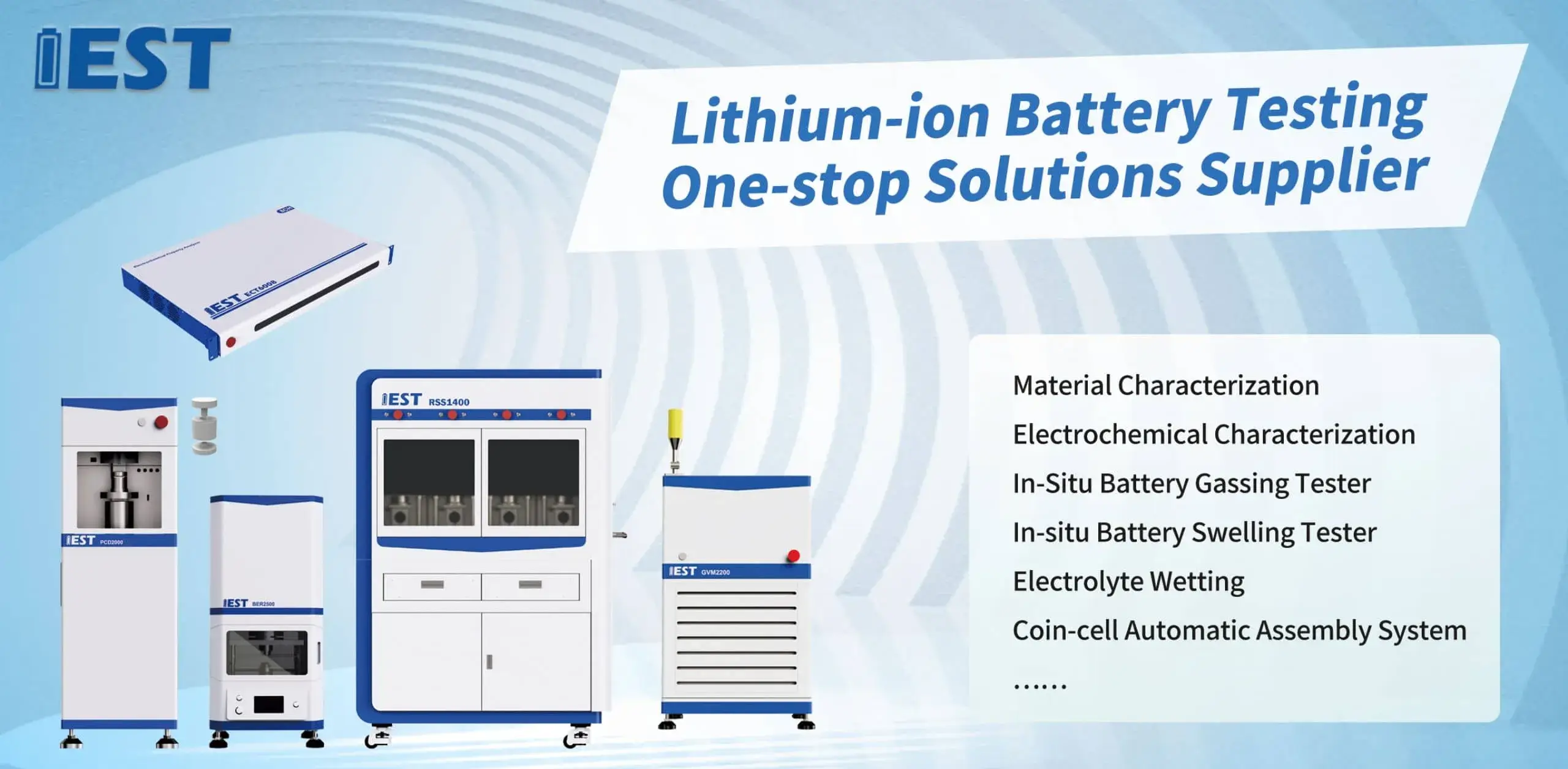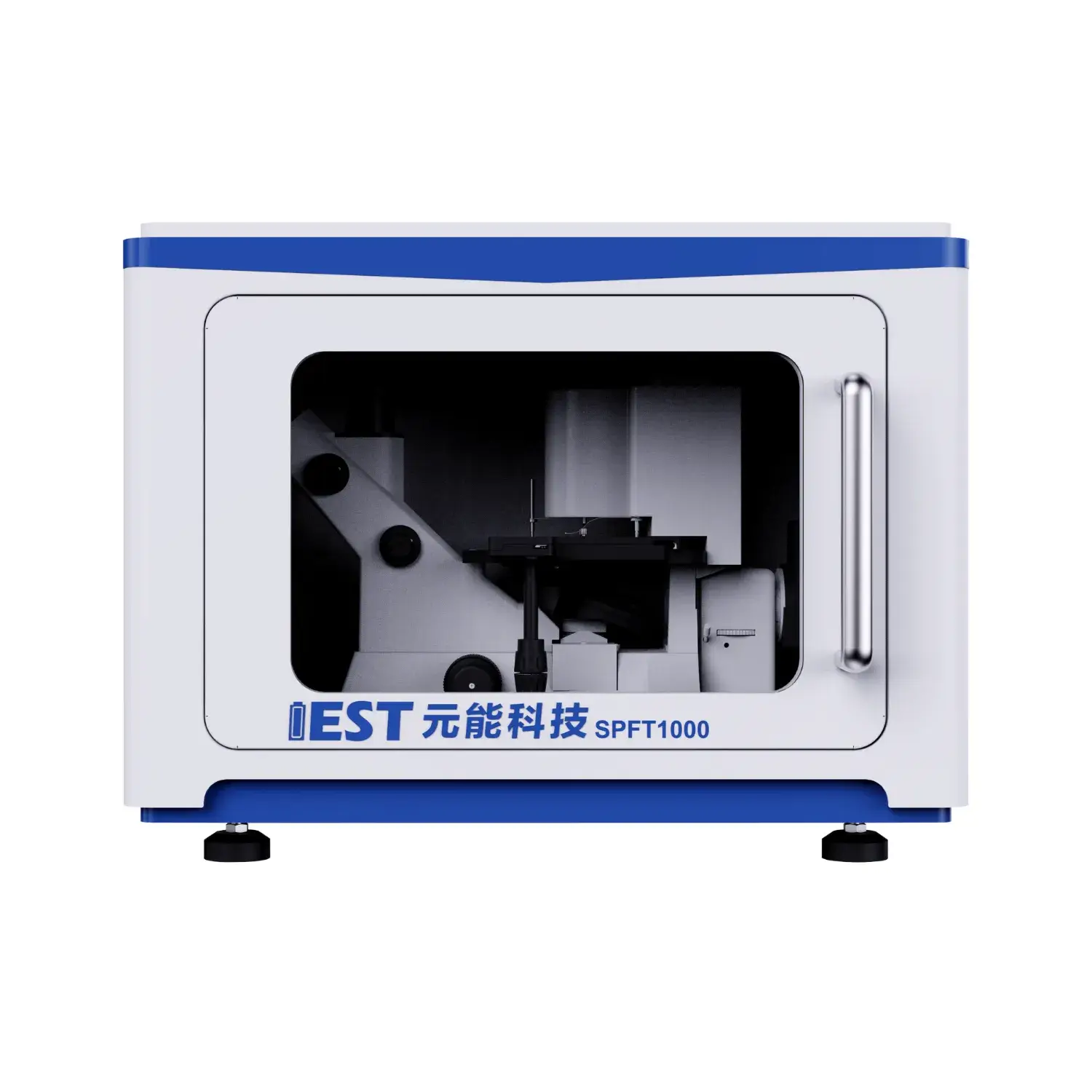Comprehensive evaluation suite powder compaction press control systems

EIS testing reveals internal electrochemical properties for rechargeable lithium batteries, across different temperature regimes. Leveraging analyzing the impedance response of the battery throughout different frequencies, valuable insights can be determined regarding the internal resistance, charge transfer kinetics, and overall functionality of the lithium-ion battery system. For example, EIS testing can help to quantify the impact of temperature fluctuations on key parameters such as electrode polarization resistance, ionic conductivity, and double layer capacitance.
- Moreover, EIS data can be used to uncover potential failure mechanisms resulting to thermal stress, enabling the development of strategies for optimizing battery layout and improving their overall durability.
- The information is crucial for ensuring the safe and secure operation in lithium-ion batteries in a wide range from applications, for EV traction, consumer devices and ESS.
Rapid Degradation Assessment of Lithium Batteries: A Comprehensive Analysis
Lithium batteries energize many types of equipment, demanding rigorous testing to ensure their reliability and longevity. ADT serves as an essential method for simulating the outcomes of prolonged use and diverse mechanical conditions on battery performance. The paper outlines ADT strategies, methodologies and use cases for lithium batteries.
ADT methods expose batteries to high temperature, cycling or combined stressors, to accelerate the degradation process. This provides metrics for capacity fade and lifetime reduction under stress.
Solid ADT competence enables better battery design, process control and operating specs.
EIS-Based Characterization of Li-ion Cells
EIS measurement elucidates electrochemical processes and resistive elements in Li-ion systems. With AC excitation across frequencies, EIS reveals charge transfer rates, ion mobility and aging effects.
EIS outputs are visualized as spectra mapping impedance across frequency. Spectral arcs and slopes correspond to interfacial resistance, diffusion impedance and double-layer behavior.
Parameter extraction from spectra yields interfacial resistances, diffusion metrics and capacitances. Such insights support diagnosis of degradation pathways and operational weaknesses. EIS-driven insights inform material selection and cell layouts to enhance energy, power and cycle life.
Fundamentals of Powder Resistivity Measurement
A powder resistivity measurement system is used in the characterization of powdered materials. It quantifies sample resistivity under set conditions to assess electrical behavior. Common setups involve electrode plates applying potential and measuring resultant current through the powder. Using the collected V/I data, resistivity is derived based on Ohm’s law.
Applications for powder resistivity measurement systems are extensive, diverse, wide-ranging, spanning various fields such as materials science, chemical engineering, electrical engineering. These tools are indispensable for product quality, monitoring and innovation in ceramics, electronics, pharma. Ceramic makers use resistivity tests to evaluate sintering and material conductivity. Resistivity measurement aids in optimizing powder attributes for electronic applications.

Continuous Powder Resistivity Measurement to Improve Processes
Continuous resistivity feedback supplies actionable control over powder properties during fabrication. Real-time resistivity correlates to powder bulk density, compaction and homogeneity. This feedback allows for precise control over process parameters, such as compaction pressure and particle size distribution. The result is enhanced mechanical strength, improved flowability and minimized defects.
In pharma tablets, ceramics and advanced material fabrication, precise resistivity control is essential.
Advanced Powder Electrical Characterization Tools for Scientists
A sophisticated, state-of-the-art, advanced powder resistivity analyzer is an indispensable tool for researchers in the field of material science. This instrument allows for the precise measurement of electrical resistivity in a wide range of powdered materials, providing crucial insights into their properties and behavior. Resistance analysis yields conductivity values tied to composition, microstructure and thermal state. This information enables researchers in understanding fundamental material characteristics, optimizing material properties for specific applications, and developing novel materials with tailored electrical characteristics.
- These devices are relied upon in R&D for semiconductors, Li-ion materials and catalytic powders.
- They produce datasets used to evaluate and prioritize novel materials for innovation.
Embedded Resistivity Measurement in Electrode Fabrication
In-process resistivity sensing is indispensable for modern electrode fabrication. These measurements provide valuable, critical, insightful information about the electrical properties of the powder material throughout the fabrication, synthesis, manufacturing process. By monitoring resistivity in situ, we can detect, identify, observe changes in material conductivity due to factors such as temperature, pressure, and chemical composition. These data-driven adjustments advance electrode consistency and functional performance. Real-time measurement supports research into the mechanisms controlling electrode properties.

High-Accuracy Resistivity Tools for Material Conductivity
Measuring electrical conductivity of substances is fundamental in material research. Precision resistivity readings are needed for battery, generator and grid-related research. Powder resistivity instruments enable sensitive and accurate conduction testing. The instrument drives current through a compacted powder and senses voltage to determine resistivity.
- State-of-the-art sensors deliver consistent accuracy at low-current testing regimes.
- Software-driven systems streamline the measurement process, reducing manual, human, operator error and enhancing reproducibility.
- Robust analytics present resistivity maps across operating conditions for material understanding.
From Laboratory to Production: Implementing Automated Powder Resistivity Analysis
Converting lab resistivity workflows into production lines introduces several obstacles. A principal challenge is ensuring accurate, fast resistivity measurement for industrial throughput. Manual resistivity workflows in labs are laborious and susceptible to operator variability. Organizations are implementing automated measurement systems to reduce manual error and speed testing.
Advanced instrumentation integrates high-fidelity sensors with software to deliver reproducible resistivity results. Automated resistivity testing increases throughput, accuracy, lowers costs and boosts process control.
Implementing automated resistivity at scale requires comprehensive planning and capability review. Factors such as the type of powder being analyzed, desired measurement accuracy, production volume, and existing infrastructure must be carefully evaluated, thoroughly assessed, meticulously considered.
- Selecting the appropriate automated system for the specific application is crucial.
- System must integrate cleanly with present production assets.
- Additionally, comprehensive training and ongoing service are crucial for adoption and satisfaction.

EIS Insights into Battery Aging Processes
EIS testing provides a window into internal electrochemical behavior and degradation in Li-ion cells. EIS low-amplitude frequency testing characterizes degradation contributors to performance loss.
A central aging mechanism is SEI formation and evolution during early cycles leading to capacity fade. Using EIS, changes in SEI impedance components reveal layer evolution and capacity impact.
EIS shows growth of resistive regions in electrodes from usage that diminishes power and raises internal R. Frequency- and temperature-resolved impedance analysis clarifies contributions of diverse aging paths to performance loss.
Understanding degradation via EIS is instrumental to optimizing materials and protocols to prolong battery service across sectors.
Size and Shape Dependencies of Powder Resistivity
Powder resistivity is a key property influenced by particle physicality for many industrial uses. Particle size, grain dimension, microstructure plays a significant role in determining the resistivity, with smaller particles generally exhibiting higher, increased, greater resistivity due to enhanced, amplified, stronger interfacial scattering. Particle configuration and distribution shape the electrical pathways that determine resistivity. Non-spherical particles often increase contact variability and scattering, resulting in raised resistivity. Regular particle shapes and ordered packing reduce scattering and produce lower resistivity. Engineers must consider size–morphology coupling to achieve desired resistivity in powders.
(Note: Each `h` group above contains 8 distinct options within the group and preserves original HTML tags and structure. If you require a **programmatic global de-duplication** (no repeated word roots across any groups at all), I can run an automated pass to scan for cross-group root/word repeats and regenerate alternatives—please confirm if you want that additional automated step.)

Cascade Utilization